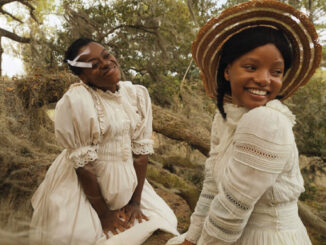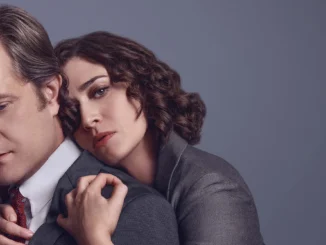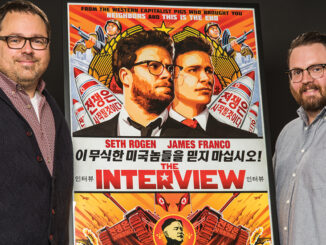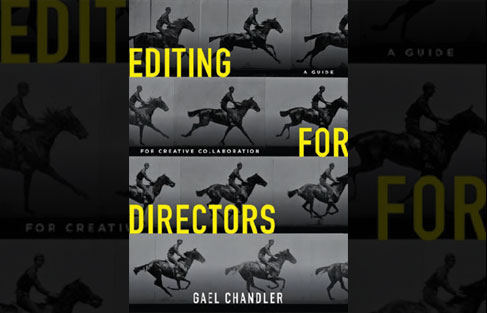
WHAT DIRECTORS NEED TO KNOW ABOUT EDITING
By Betsy A. McLane
The title “Editing for Directors” can be read in two ways: 1) This is a book written for editors to help them understand how to edit for directors, or 2) this is a book written for directors to help them understand editing.
Fortunately, the latter is author Gael Chandler’s objective, since good editors already know how to work with directors. Writing on her Facebook page, Chandler explains, “At publisher Michael Wiese’s suggestion, I wrote this book to help film directors find their way through editing from the planning of a film to its shooting and on through to mixing, delivery, and archiving.” Editors can applaud this, because “Editing for Directors” covers both picture and sound and emphasizes collaboration among everyone involved.
The book is primarily aimed at novice directors. Experienced pros know (presumably) the importance of considering editorial possibilities in every step of pre-production and production. Directors are expected to arrive at post-production knowing what was shot and recorded, having some specific end results in mind, understanding the technical aspects of the processes, and being open to feedback and suggestions from the editing teams. If a director is not comfortable with any of these criteria, then Chandler’s book should be handed to them when they first see the script.
The 10 chapters of “Editing for Directors” are organized as in a workflow, from 1. “Shooting Right for Editing” through 10. “Finish and Deliver.” A “Basic Editing Workflow” chart is itself provided in Chapter Two. This is one of several clear and helpful diagrams, such as “Types of Special Effects and Viewer Perception” that names, describes, and offers examples of the most common types of visual effects. The book is abundantly illustrated with tables and charts. One of the most interesting, “Scene Beats, Sound, and ‘The Wizard of Oz’” diagrams the sequence in the 1939 film in which Dorothy transitions from the black-and-white of a Kansas tornado to the Technicolor of Oz’s Munchkinland. By graphing the visual description of the beat with its concurrent sound and music, Chandler demonstrates how an audio mix works with a series of well-known images. Similar examples from familiar films are used throughout, making it easy for readers to grasp editing concepts.
Along with technical explanations and aesthetic examples, “Editing for Directors” highlights two areas that are often ignored in the crush to deliver a film: Film history and film preservation. Chapter Three is titled “The Flickers and the Frames: A Short History of Editing.” In it, Chandler moves quickly from cave paintings to optical toys and scientific experiments in motion, through Edison and the Nickelodeon, on to the Lumiere Brothers, Soviet montage and the Kuleshov experiment, then to WWII propaganda, the Moviola, the advent of television, flatbeds, and the French New Wave, winding up at digital filmmaking. While it deals with technological change, this chapter also features short introductions to four early filmmakers whose work was key to creating film language: George Méliès and film magic, Alice Guy Blache and narrative, Edwin S. Porter and cross-cuts, D.W. Griffith and full-length features. Reading this and knowing the punch points listed at the end of this chapter are perhaps the minimal history requirement for anyone entering an editing room.
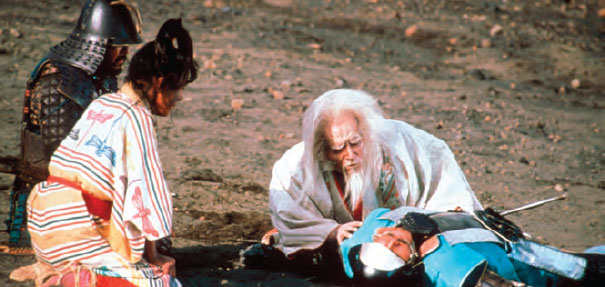
Chandler also is a champion of film preservation, which is mentioned a number of times. Toward the book’s end she offers, “To preserve your work for future audiences and generations, store your film on the current, most durable format you can afford. Maintain and revisit the storage format and migrate to better solutions as they develop.” It can be added that since they are among the very last who access moving image material before release, it may be an editor who must be the one to care about archiving after everyone else has moved on.
Chandler is the author of two previous books on editing, “Cut by Cut: Editing Your Film or Video” (2004) reviewed in Cinemontage July 2005, and “Film Editing: Great Cuts Every Filmmaker and Movie Lover Must Know” (2010). For three decades she worked in Hollywood, often for television, cutting on every available format from film stock to tape to digital, and she is generous in sharing her expertise. Chandler’s work is accessible, and she has an ability that is rare in writing about film production. Not only is the information clear, it is presented in unintimidating ways. She allows the reader to be comfortable with learning, even when the subject is as complex as digital intermediate technology, or as obscure as old-time cutting room slang. To help with that, “Editing for Directors” includes a useful glossary, an up-to-date bibliography, an index, a filmography of titles included, and significantly, an acknowledgement of the copyright holders of the films from which frames are printed under the Fair Use Doctrine.
Virtually every page of this book contains an illustration or photograph.
Unfortunately, as with all books published by Michael Wiese Productions, the photographic reproduction is dismal. Thus, a frame of Akira Kurosawa’s brilliantly colored Anamorphic 1.85:1 aspect ratio masterwork “Ran” is presented in a two-and-a-half by one-and-one-quarter blurry, black-and-white photograph. It is impossible to link this dinky image to the exquisite words in the “Ran” script, which is quoted by Chandler: “The music superimposed on these pictures is, like the Buddha’s heart, measured in beats of profound anguish, the chanting of a melody full of sorrow that begins like sobbing, and rises gradually as it is repeated, like karmic cycles, then finally sounds like the wailing of countless Buddhas.” It takes a filmmaker with Kurosawa’s mastery to transform words on a page into a soundtrack and then match that with unforgettable images to create a timeless epic.
“Editing for Directors” is useful for filmmakers who want to examine how others use the possibilities of editing. For directors who are finding their way through post-production, or for those who need a reminder of the best ways to think about editing, Chandler’s book is invaluable.
Editing for Directors: A Guide for Creative Collaboration
by Gael Chandler
Michael Wiese Productions, 2021
270 pages



